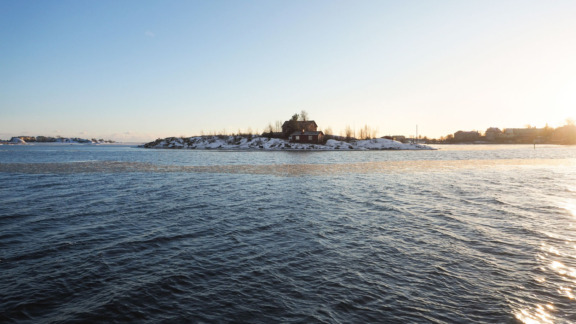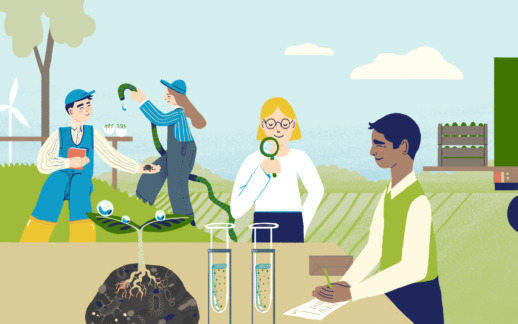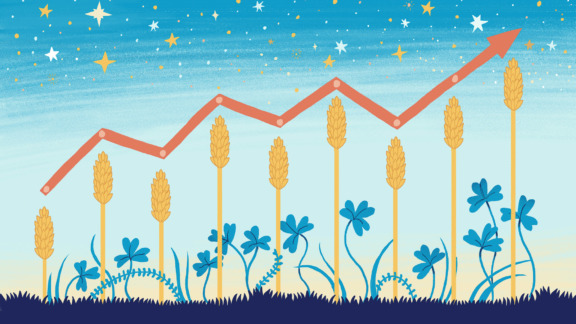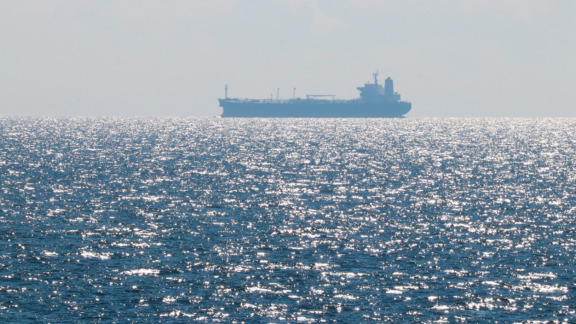The revision of EU Fertilisers Regulation enhance nutrient recycling potential
EU Commission made a proposal for a new EU Fertilisers Regulation in March 2016. The proposal has been identified as one of the key legislative proposals under the EU Circular Economy Package adopted in December 2015. The proposal will create a level playing field for all fertilising products, including optional harmonisation for products derived from organic materials and by-products. The draft Regulation is currently under discussion in the European Parliament.
In December 2015, European Commission published its Circular Economy Package including an Action plan to fasten transition towards a resource-efficient and more sustainable circular economy. The plan aims to help to move from linear economy towards a circular model, where the use of virgin raw materials will be minimized, the value of raw materials will be maintained by efficient recovery and recycling of materials and new added value will be created through services and smart solutions. The Revision of EU Fertilisers Regulation, which BSAG has been actively following, tackles several problems related to our food production and the Baltic Sea.
“Finland is the only EU country with phosphorus resources leaving EU strongly dependent on imports. Because of this EU added phosphate to the list of critical raw materials“, says BSAG chairman of the board Ilkka Herlin. “In addition, nitrogen fertilisers are produced through highly energy intensive processes.”
The new regulation aims to decrease EU’s dependence of imported fertilisers, reduce eutrophication in the waterbodies, minimize the contamination of heavy metals into the soil and mitigate climate change.
The main element of the proposal is to create common quality, safety and labelling criteria for fertilizing products sold in the EU single market. The major revision of the proposed regulation will bring fertilizing products containing bio-based and other secondary raw materials within the scope of the internal market that meet the criteria set in the draft regulation. At the moment fertilizers containing organic materials are outside of the scope of the current EU Fertilisers Regulation. Currently fertilizers containing organic material e.g. animal by products, agricultural sidestreams and biowaste are traded according to various national standards on mutual recognition. These represent about half of the EU’s fertilizing market.
The Proposal for a new regulation is under discussion in the Committees of European Parliament. The responsible committees are expected to vote March 2017 on the legislation and in the plenary in April, after which it will be discussed in the Council. The new Fertilisers Regulation is expected to come into force in 2018.
European Commission proposal for a Regulation on the making available on the market of CE marked fertilising products and amending Regulations (EC) No 1069/2009 and (EC) No 1107/2009:
http://ec.europa.eu/DocsRoom/documents/15949



